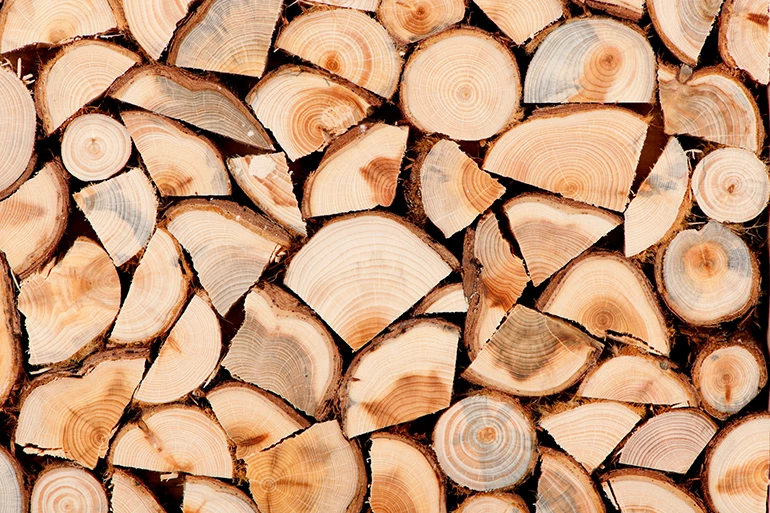How Much Firewood Do I Need For Winter?
Are you unsure of how much wood you'll need for the burn season? Wood consumption varies greatly depending on the type of fireplace or stove in use. An ideal baseline is to figure 1 cord per 7 full days of burn for a large open fireplace that does not have any air restriction devices installed. Non-catalytic wood stoves will use 1 cord every 30 to 60 days and catalytic wood stoves will use 1 cord per season for very high efficiency models. Further in this guide, we will cover how consumption varies, how to build a more efficient fire, and why cord measurement is important to understand. We'll also cover how to measure the volume of the firewood you are buying, tips for sourcing and storing firewood, and strategies for building efficient, clean-burning fires.
Researching Your Firewood Source
The first step in estimating the amount of wood you'll need is understanding how firewood is measured and sold. The standard unit for measuring firewood is the cord.
What is a Cord of Wood?
A cord is defined as a pile of wood 4 feet tall, 4 feet deep, and 8 feet wide. This corresponds to a volume of 128 cubic feet (including the small gaps of space between the pieces of firewood). In order to qualify as a true cord, the firewood must be neatly stacked with minimal gaps between the logs.
- 1 cord = 4 feet tall x 4 feet deep x 8 feet wide = 128 cubic feet
Sometimes the logs are stacked with a shallower depth. If the depth of the pile is only 2 feet instead of 4 feet, you would need a pile that was 16 feet wide and 4 feet high in order to make a cord.
Full Cord, Face Cord, Stove Cord, City Cord
Unfortunately, it gets more complicated than that.
There is some confusion with the term cord since there are other variants such as "stove cord", "kitchen cord", and "face cord". Most of these terms do not have standard, agreed-upon meanings.
For example, a "face cord" is usually used to mean 1/3 of a full cord, but it can also refer to a full cord that is made up of 16-inch logs.Â
When you are comparing prices and buying firewood, make sure that you know exactly what the dealer means when they say "cord". Not only should you clarify the quantity of wood that you are buying, but you should also make sure that the width of the logs will fit in your fireplace or stove— unless you are willing to go to the extra work of cutting it.
Avoid vague descriptions such as "truckload" or "pile" unless you are able to accurately compare what you are getting to the standard cord. Otherwise you may end up over-paying for firewood.
One of the main advantages of buying wood by the cord is being able to calculate the amount of heat the wood will produce when it burns. The heat produced is measured in MMBtu, which is the same unit used for selling quantities of natural gas.


